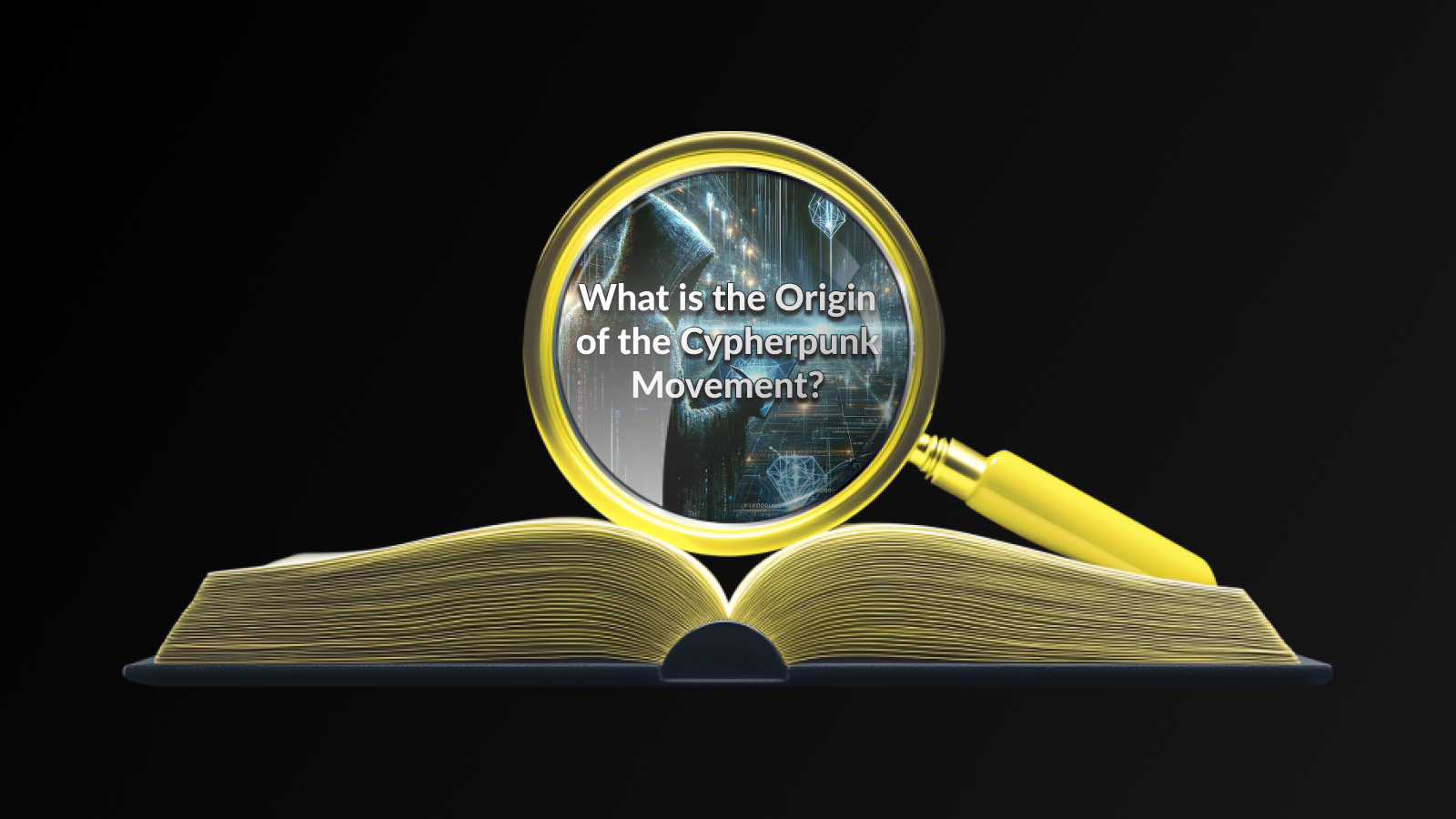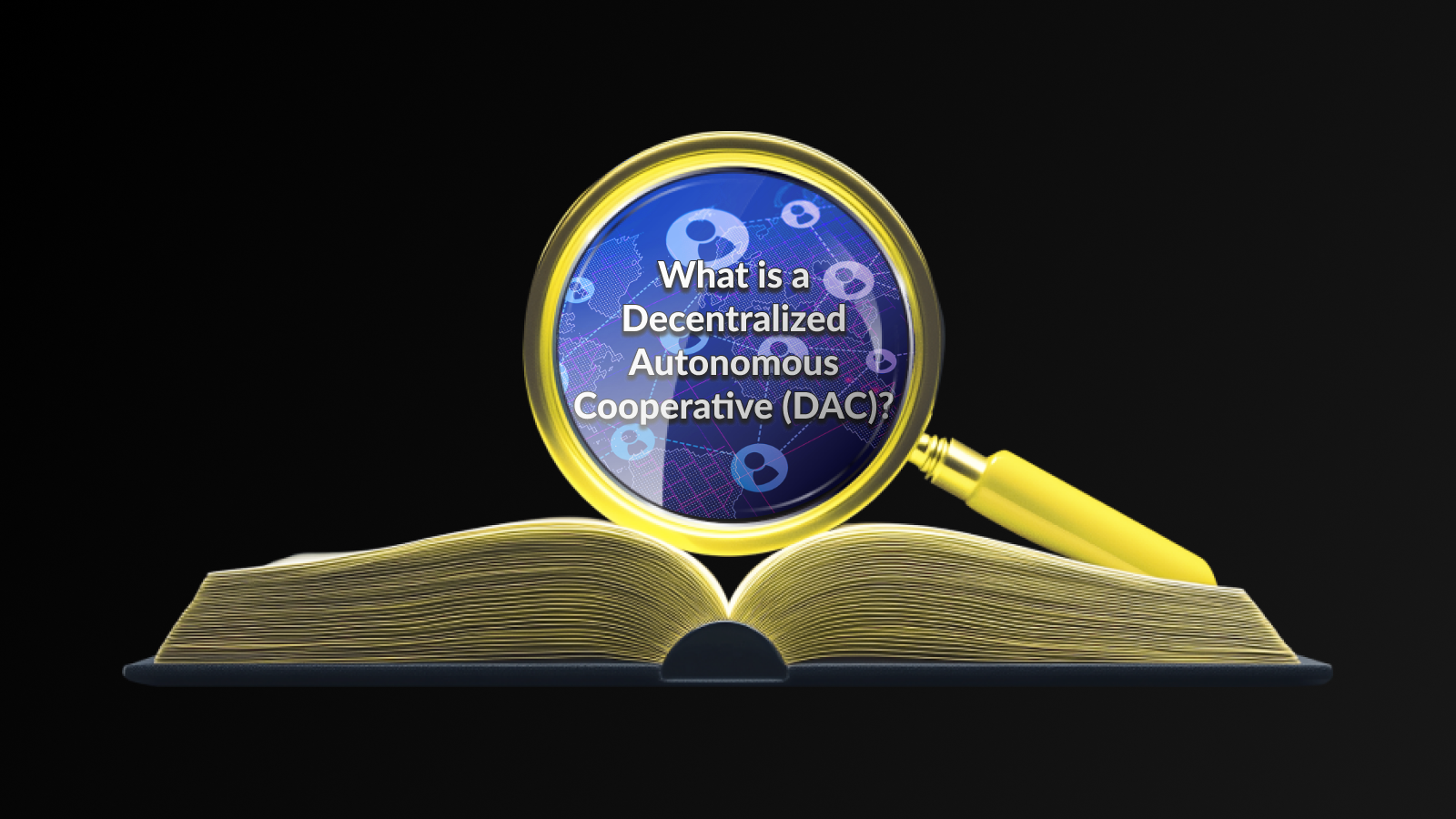Introduction
The Cypherpunk Movement emerged in the late 20th century as a grassroots effort advocating for the use of cryptography and privacy-enhancing technologies to promote individual liberty and protect personal freedoms. Originating in response to increasing government surveillance and the encroaching control of information, this movement attracted a diverse group of activists, programmers, and cryptographers who aimed to leverage digital tools to safeguard privacy in an ever-evolving technological landscape.
By championing the idea that privacy is essential to a free society, the Cypherpunk Movement has profoundly influenced not only online privacy practices but also the broader discussions surrounding digital rights and security. This movement laid the groundwork for significant advancements in technology and has continued to inspire numerous applications that address the growing concerns about privacy in the digital age.
As we delve deeper into the Cypherpunk Movement, we will explore its core principles, its influence on digital currencies, and the modern applications and challenges it faces in a rapidly changing world.
What are the Core Principles of the Cypherpunk Movement?
The Cypherpunk Movement is founded on several core principles that advocate for individual privacy and the use of cryptography as a tool for protecting civil liberties. One of the most significant tenets is the belief in the importance of personal privacy. Cypherpunks argue that privacy is a foundational right that enables individual freedom and autonomy.
In addition to privacy, the movement emphasizes the role of decentralized technologies in empowering individuals against state and corporate surveillance. By promoting the use of cryptographic techniques, cypherpunks seek to create tools that facilitate secure communication and transactions without the risk of interception or censorship.
Another principle is the idea of voluntary participation. Cypherpunks advocate for systems that allow individuals to choose when and how they share their information. This ethos extends to their approach to financial systems, where transparency and control belong to the user rather than centralized entities.
The Cypherpunk Movement is rooted in a proactive approach to social and political change. Members of the movement often engage in activism to promote technologies that uphold these principles, ensuring that discussions around privacy and encryption remain at the forefront of public discourse.
The Cypherpunk Movement has had a profound influence on the development and adoption of cryptocurrency. This movement, fueled by a belief in privacy and decentralization, has inspired many of the foundational principles of cryptocurrencies like Bitcoin. The emphasis on cryptographic security within the Cypherpunk Movement has made it possible to create digital assets that resist censorship and enable peer-to-peer transactions without the need for centralized authorities.
In particular, the philosophy of the Cypherpunk Movement promotes the idea that individuals should have control over their own financial data and transactions. This concept is embedded in the design of cryptocurrencies, which leverage blockchain technology to provide transparency while maintaining user anonymity.
Moreover, the ethos of the movement has encouraged developers and entrepreneurs to create decentralized finance (DeFi) platforms that allow users to manage their assets independently, further stressing the importance of privacy and user autonomy. In this way, the Cypherpunk Movement is not just a historical reference but a driving force behind the current evolution of financial systems.
Challenges remain, however, as the growth of cryptocurrency has attracted regulatory scrutiny. Nevertheless, the enduring legacy of the Cypherpunk Movement continues to inspire new innovations and adaptations in the cryptocurrency space, ensuring that its core principles of privacy, security, and autonomy remain at the forefront of discussions surrounding digital currency.
What are the Modern Applications and Challenges?
The Cypherpunk Movement has profoundly influenced various modern technologies and societal norms, promoting privacy and security in an increasingly digital world. One of the most notable applications is the development of privacy-focused technologies, such as encrypted messaging services and secure email platforms, which allow individuals to communicate without fear of surveillance.
Furthermore, the movement’s principles are evident in the rise of decentralized finance (DeFi) platforms, which enable users to engage in financial transactions without reliance on traditional banking systems. These applications empower individuals and promote autonomy over personal data, echoing the Cypherpunk Movement ethos of individual freedom.
However, these advancements come with challenges. For instance, while encryption fosters privacy, it can also hinder law enforcement’s ability to combat cybercrime. This duality raises ethical questions about the responsibilities of developers and the potential consequences of their innovations.
Moreover, as technology evolves, the Cypherpunk Movement faces the challenge of remaining relevant amidst rising regulatory pressures. Governments worldwide are increasingly seeking to impose regulations on cryptocurrencies and privacy technologies, which could conflict with the movement’s foundational ideals.
The modern applications of the Cypherpunk Movement exemplify its lasting legacy, yet they equally underscore the complexities and challenges that arise in balancing privacy, security, and regulatory scrutiny in today’s digital landscape.
Frequently Asked Questions
What does ‘cypherpunk’ mean?
The term ‘cypherpunk’ refers to a group of activists advocating for the use of cryptography and privacy-enhancing technologies as a means of promoting social and political change.
When did the cypherpunk movement begin?
The cypherpunk movement began in the late 1980s, primarily through the efforts of individuals who gathered on mailing lists to discuss cryptography and privacy.
Who are some notable figures in the cypherpunk movement?
Notable figures in the cypherpunk movement include Timothy C. May, Eric Hughes, and Adam Back, each contributing significantly to the development of cryptographic technologies.
What was the impact of the Cypherpunk Manifesto?
The Cypherpunk Manifesto, written by Eric Hughes in 1993, emphasized the importance of privacy in an increasingly digital world and outlined the need for strong cryptography to protect personal freedoms.
How did technology influence the cypherpunk movement?
The emergence of robust cryptographic tools and the internet provided cypherpunks with the means to organize, share ideas, and develop technology that supports privacy and decentralization.
What role does cypherpunk philosophy play in today’s digital world?
The philosophy of cypherpunk continues to influence discussions on digital privacy, data protection, cryptocurrency, and the broader implications of surveillance in our interconnected society.
How can one get involved in the cypherpunk movement today?
Individuals can get involved by educating themselves about cryptography, joining relevant forums or online communities, and advocating for privacy-preserving technologies in their own networks.
Disclaimer
This article is for informational purposes only and does not constitute financial, investment, or legal advice. Always conduct your own research and consult with a professional before making any decisions involving cryptocurrency.





